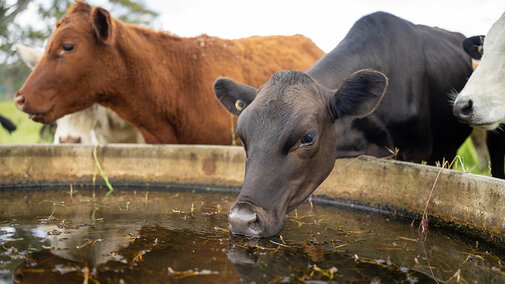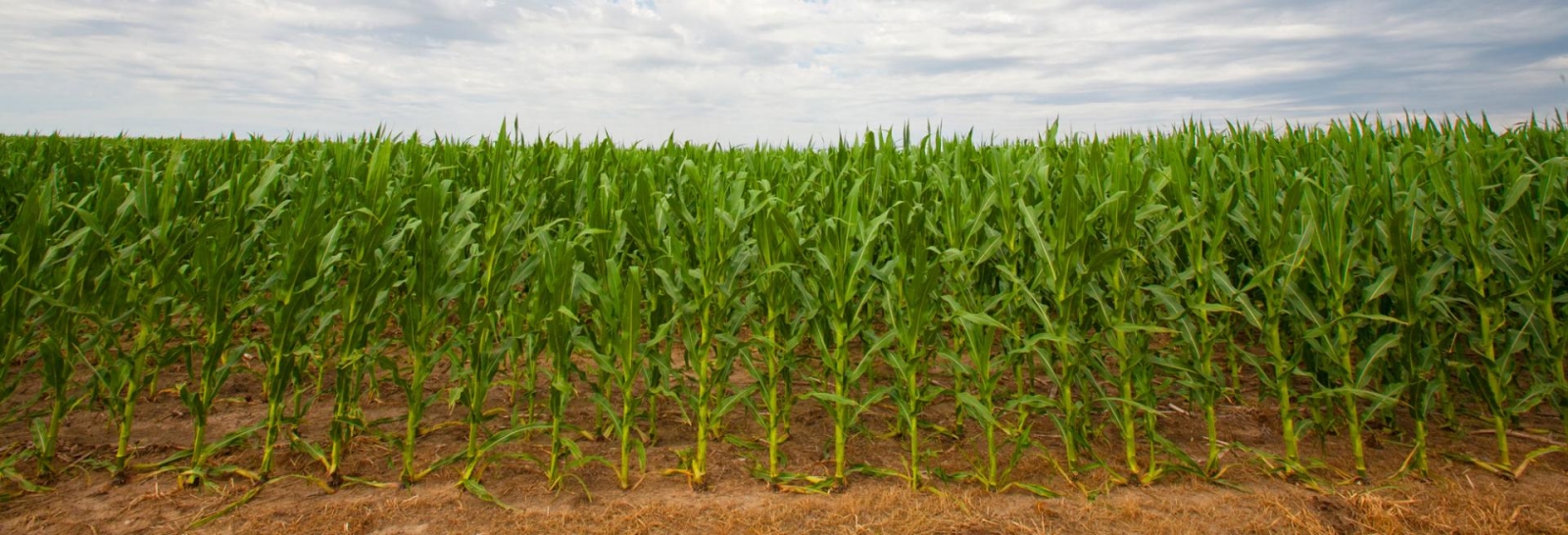Inoculants For Corn Silage
Corn silage harvest success rests on proper harvest, packing, and storage practices. When we need a boost, adding an inoculant at harvest time can help improve fermentation and storage, but we need to know what products to use to get the best result.
Silage inoculants are simply bacterial cultures that help manage pH in the pile by converting sugars to acids which reduce molds, fungi and unwanted bacteria such as clostridia.
When selecting an inoculant, the first step is deciding if upfront fermentation or pile stability are needed, or maybe both. Upfront fermentation helps if most of our issues center around harvest and packing. If problems are more centered on storage and feed out, stability is where we should spend our money. Sometimes, a mix of both are needed.
Inoculants primarily reduce storage losses. Silages that contain homolactic acid bacteria such as Lactobacillus plantarum help fermentation start and end quicker by dropping the pH fast. This allows more silage to remain for feeding. Other inoculants, like heterolactic acid bacteria Lactobacillius buchneri, can improve aerobic stability by reducing spoilage losses when silage is re-exposed to air. These bacteria are especially useful at reducing spoilage on the face of bunker silos if the face is too wide to keep fresh or if producers take out several days’ worth of feed from the pile at one time.
The purpose of inoculants is not to fix a train wreck or improve a perfect silage year, but they can help when things aren’t ideal. Inoculants can be used as an insurance policy to reduce the risk of spoilage and maintain quality.
Fall Armyworm Awareness
In previous years, portions of eastern Nebraska have seen significant numbers of fall armyworm caterpillars feeding on alfalfa, brome regrowth in pastures, and newly seeded small grain crops such as wheat, triticale and rye. While reports of armyworm damage have not been received so far this year, it is a good idea to keep an eye out for this insect.
Fall armyworm caterpillars can be distinguished from other Lepidopterans by markings on the head that resemble an inverted “Y” and four spots on the last abdominal segment that form a square. This insect does not overwinter in Nebraska, but rather migrates north from Texas, Florida and Mexico when populations build up in late summer. Once caterpillars are ¾-inch, they can do considerable damage in a few days. Because of this, it is important to scout fields and pastures in the early morning and late afternoon, when caterpillars are most active, to spot them when they are small.
A reasonable treatment threshold is finding three or more caterpillars per square foot within a field or pasture. The application of a pyrethroid insecticide, given the larvae are smaller than ¾-inch, will provide adequate control. For forage crops, be sure to check the grazing restriction and post-harvest interval. Keep in mind, caterpillars ¾-inch or longer are close to maturity and can be harder to control with an insecticide.
Fall armyworm feeding declines with cooler temperatures and the adult moths eventually migrate south. In the meantime, plan to keep an eye on your pastures and newly seeded fields for any sign of infestation.
Stock Tank Algae
Keeping clean water in front of animals during the summer is important. However, sunlight and warm temperatures can often lead to stock tanks overrun by algae. Let’s look at how we can address these issues.
The first step to stopping algae growth in a tank is preventing a habitat algae will love. Keep animals from getting into larger tanks to limit unwanted nutrient loading. When possible, keep water from becoming warm and stagnant by matching tank size to herd demands. Finally, shade the tank to reduce sunlight, which algae need to grow.
One control method that often gets lumped in with options that kill algae is barley straw. While studies have shown barley straw does not kill algae, 0.75 oz of straw per square yard of tank area submerged in a loose bag or container should be enough to limit growth up to six months.
Sometimes, algae growth can still become an issue despite our best efforts. If your tank is small enough, a regular scrubbing can keep algae at bay. For larger tanks, commercial algicides — most using copper sulfate — can be effective. Just follow instructions carefully, especially when sheep are involved which are sensitive to copper.
Other often cited control options are goldfish and bleach. North Carolina State researchers recommend up to 2 oz of bleach per 50 gallons of water mixed well. Keep animals away while mixing to ensure no concentrated areas remain. Or you can try four to six goldfish per 100 gallons of water — just provide them with cover and cool water.
Clean water is vital for animal health, especially during summer. Prevent algae growth through proper tank placement, cleaning, and options like barley straw. If needed, consider copper sulfate, bleach or goldfish.

